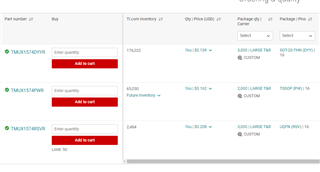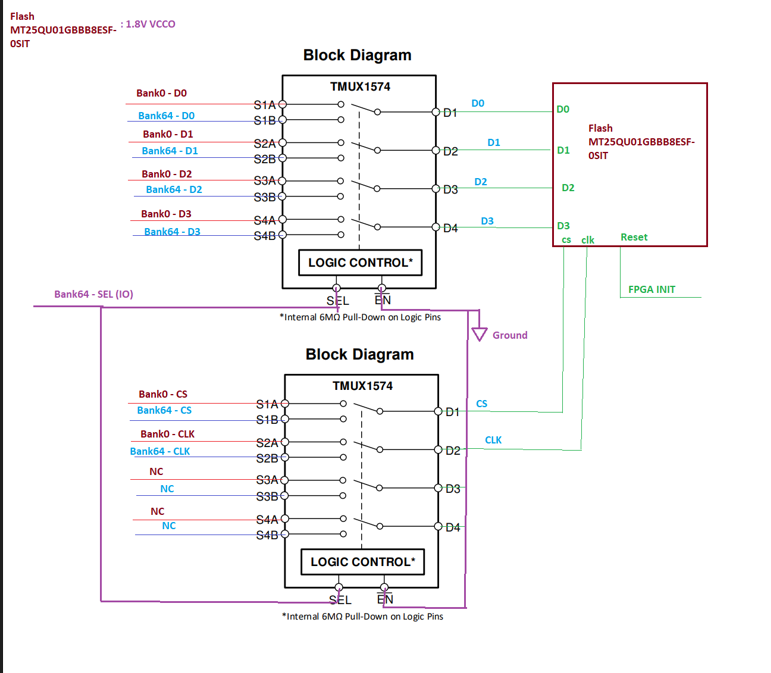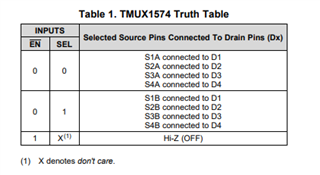Other Parts Discussed in Thread: SN3257-Q1
Tool/software:
Hi,
1. Based on datasheet, SEL pin has weak 6Mohm PD and SxA is connected to Dx pins by default. Can we add external 10k pull down resistors on SEL pin to ensure SxA only gets set as default after every power cycle?
2. UQFN package is the smallest in this family and seems to have better performance overall. But this is still cheaper than TSSOP and SOT-23. Why is that?




